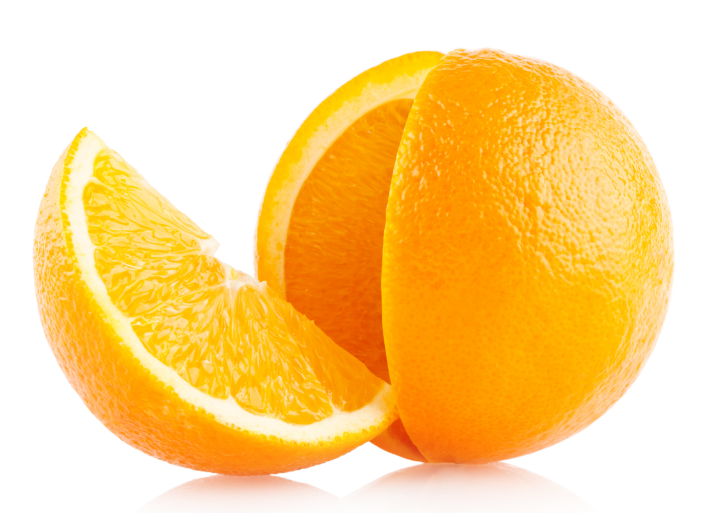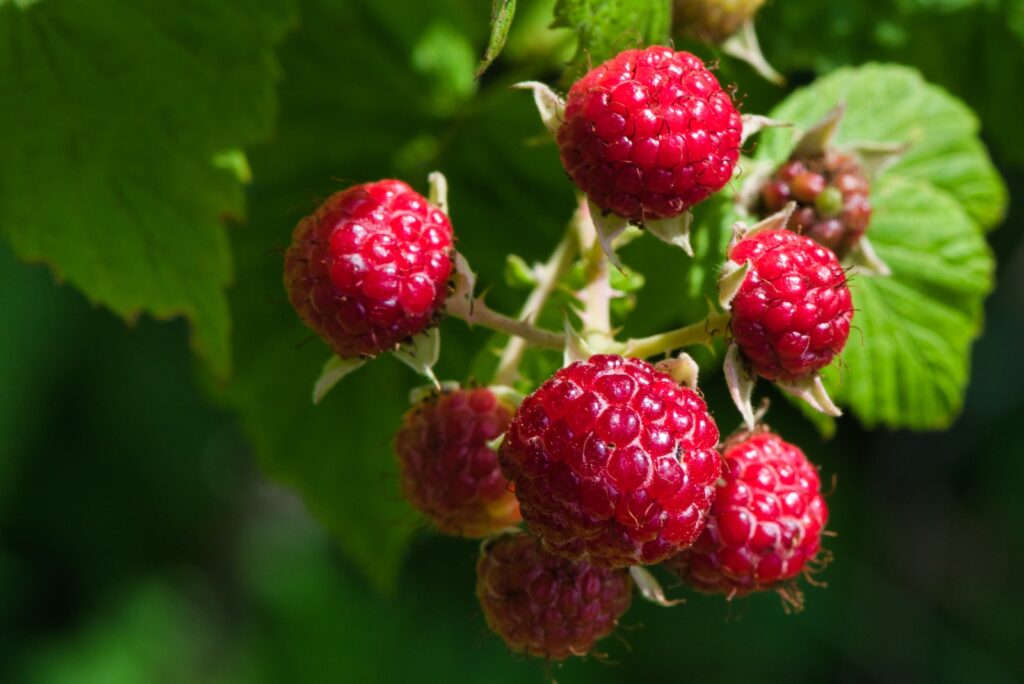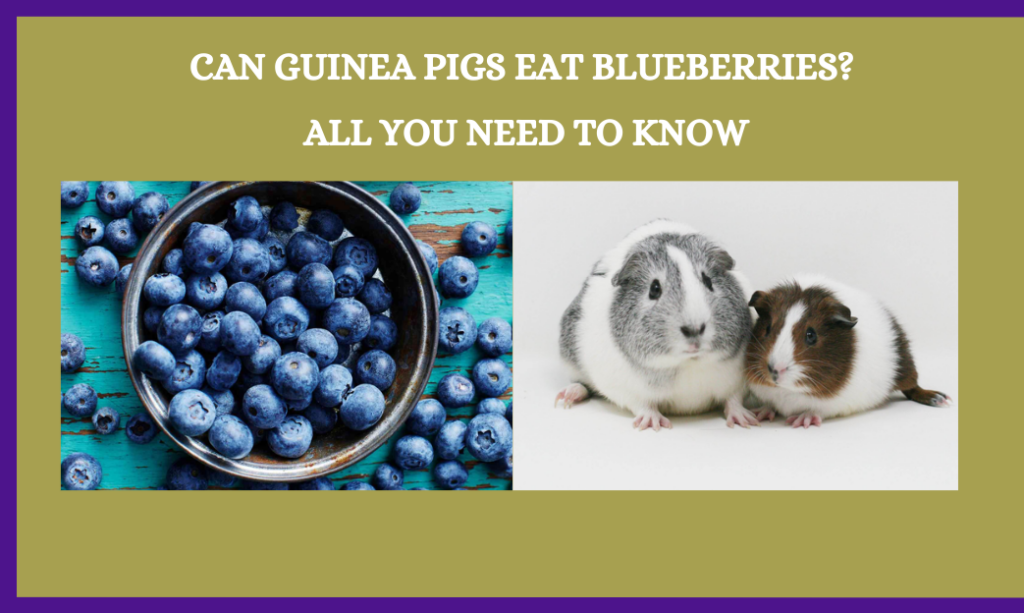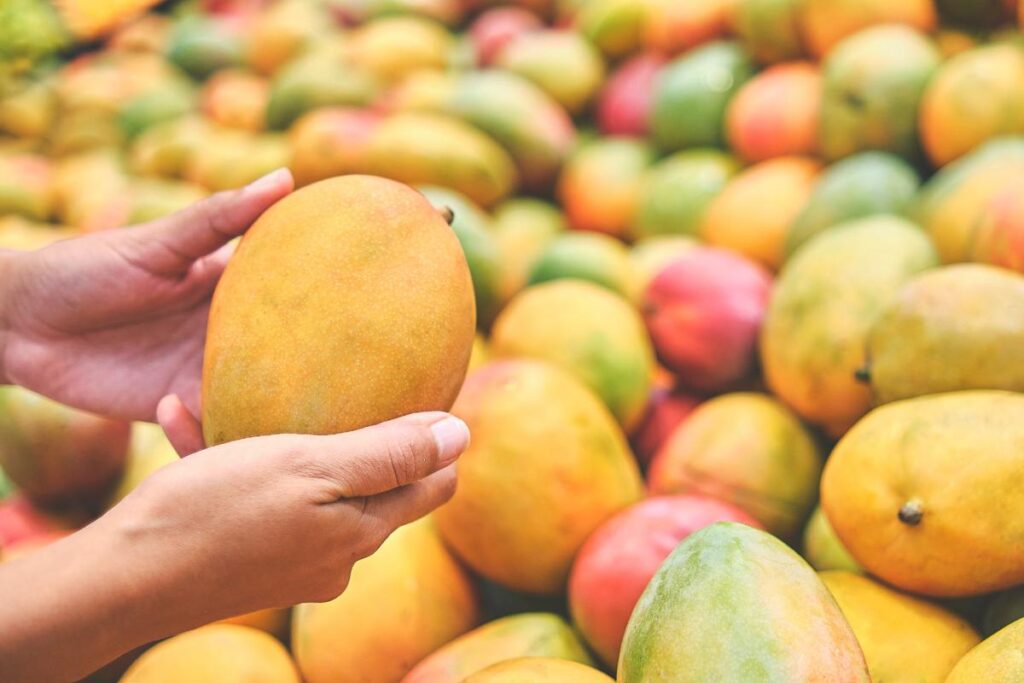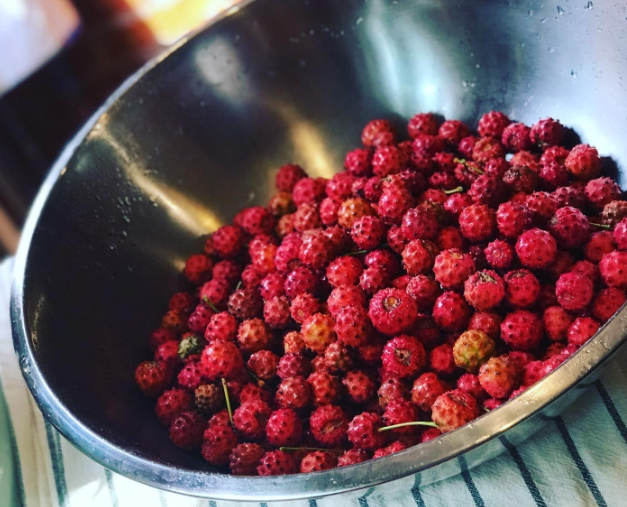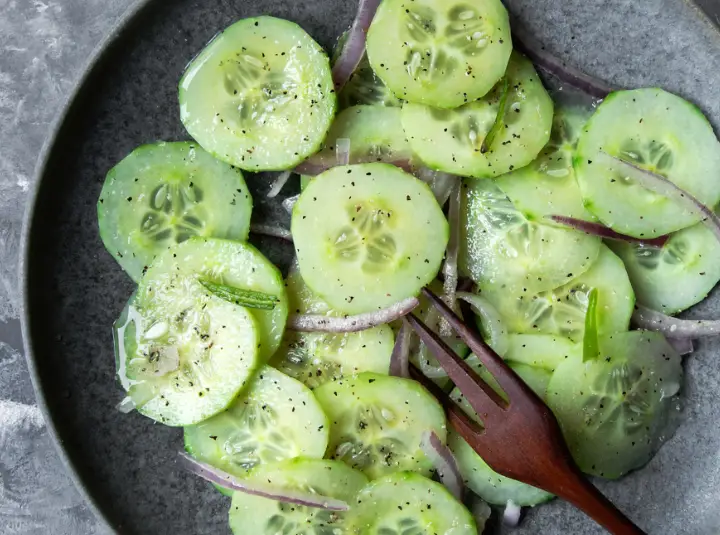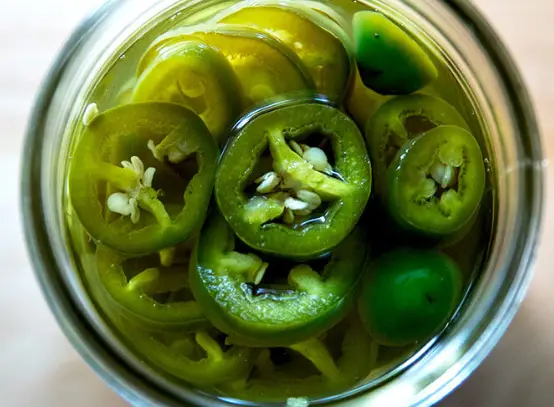Wheat berries are becoming a popular food choice for many because they are a nutritious whole grain. They have lots of fiber, protein, and other good things that make them a better option than grains that have been heavily processed.
But if you can’t eat gluten, you need to know if wheat berries are okay for you. This article is going to look into whether wheat berries have gluten and discuss if they’re safe for people with gluten sensitivities or celiac disease.
Table of Contents
Why It’s Important to Know If Wheat Berries Have Gluten
For those who are sensitive to gluten or have celiac disease, it’s really important to know which foods have gluten. Gluten is a kind of protein found in wheat, barley, and rye. If someone with a gluten issue eats it, they can get sick.
The problems can be small, like feeling a bit bad, or big, like really hurting your insides. Some people might even be allergic to wheat itself. Eating anything with gluten can cause stomachaches, bloating, and sometimes a very serious allergic reaction.
Because wheat berries come from the wheat plant and are just whole wheat grains, we need to decide if they’re gluten-free before someone with gluten issues eats them.
Are Wheat Berries Gluten-Free?
No, wheat berries are not free from gluten. Since they’re made from wheat, they have that protein that can cause bad reactions in people who shouldn’t have gluten. Despite all the good things in wheat berries, they aren’t safe for people avoiding gluten.
How Processing Affects Gluten in Wheat Berries
The amount of gluten in wheat berries can change depending on how they’re processed. Wheat gets processed to take off the outer shell, which leaves a type of flour that isn’t as nutritious.
This process can lead to more gluten because it gets concentrated in the part of the wheat that’s left. Also, when processing, sometimes wheat gets mixed with other grains by mistake, which adds more gluten.
However, some companies make sure their wheat berries don’t touch any gluten at all. They grow their wheat far away from other grains, process them separately, and check carefully to make sure there’s no gluten.
If you can’t have gluten but still want to enjoy something like wheat berries, you can look for these special brands or try something else instead.
What Can You Eat Instead of Wheat Berries If You Can’t Have Gluten?
There are lots of gluten-free grains out there that you can have instead of wheat berries. These grains are full of nutrients and can be used in many different recipes.
Here are some great gluten-free grains you might like:
- Quinoa – It’s full of protein, cooks fast, and tastes a bit nutty.
- Brown rice – A common food that’s gluten-free and full of important nutrients.
- Amaranth – It’s got a lot of protein and a sweet, nutty taste.
- Buckwheat – It’s not related to wheat and doesn’t have gluten, and it’s also good for protein and fiber.
- Millet – This grain doesn’t have gluten and is high in fiber, with a mild flavor.
These gluten-free grains can be cooked and used just like wheat berries. You can add them to salads, make them into pilafs, or use them in bowls with other tasty ingredients.
They’re also good for you in many ways. They can help stop diseases, make your digestion better, and help you manage your weight. So go ahead and try different gluten-free grains to find what you like best and make your meals both tasty and good for you.
